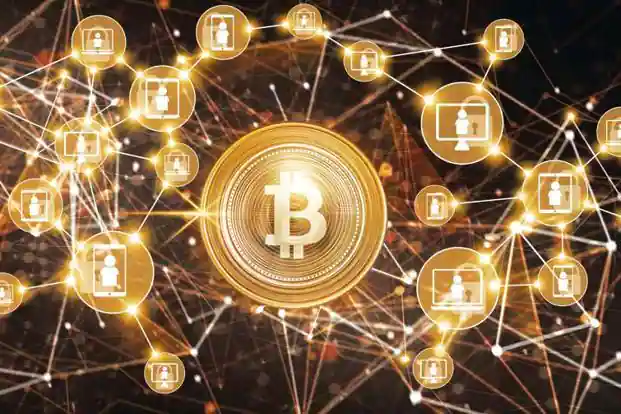The range of different stakeholders, requirements, and interdependencies is vast. One of the many variables in this complicated equation is bitcoin, which opens up opportunities for new markets and methods to enhance financial development. Can I make Bitcoin trading my full-time job? Learn how to become a full-time Bitcoin trader by reading this.

The main objective is to understand how scarcity impacts its value and how it impacts our lives. A dedicated analysis is required to identify the key drivers of this new technology and how they are seen differently by different parties. The field of economics is a bit like social studies in that there are many different approaches. Still, each method has unique strengths, weaknesses, and limitations, which people can understand through intellectual rigor.
There are trade-offs in all approaches that affect the way you see the world. For example, scarcity has a positive impact on the price of bitcoin. However, there is an alternative view that scarcity will not affect its value in any meaningful way, or at least it may make it more volatile. Economic incentives are an essential driver of behavior and can be a great indicator of future outcomes.
The alternative view is that bitcoin’s built-in scarcity will positively impact its price because of its subjective value as a digital currency. For example, bitcoin (the currency) may become more valuable than bitcoin (the protocol). If this happens, investing more in digital currency than computers and electricity will make sense because you could produce more bitcoins for less cost.
Cryptocurrencies ‘base’ scarcity and the effect on price:
Scarcity makes the product desirable, and its value will increase if demand increases. We can see this with gold; for example, gold is a finite resource. As we mine deposits of gold, it becomes more difficult and expensive to access new deposits of gold. In other words, the supply is limited. That’s why an ounce of gold today costs much more than 100 years ago due to decreased availability.
Price is, therefore, a function of the two primary factors: supply and demand. The scarcer a good is, the greater its demand will be. People don’t buy the same things they used to buy 20 years ago. If something becomes scarce, we gravitate towards it by purchasing in increasing amounts until the perceived price equals its value to us, which for many items is zero. Scarcity makes something desirable because it increases its value relative to other options.
Bitcoin as a digital currency:
For bitcoin to become a successful currency, it must gain widespread acceptance by those who currently use (or plan on using) fiat currencies like the US dollar or Chinese Yuan. If this happens, then the price of a bitcoin could quickly rise to prices that are very high in today’s terms. (For example, a 1 BTC may be worth tens of thousands of dollars.)
Bitcoin can provide more security than fiat currencies because there is no central authority to target hackers and no way for anyone to counterfeit bitcoins. In addition, no government can seize your bitcoins (unless you physically possess them), and no government can print more bitcoins.
Scarcity and price elasticity of bitcoin:
Demand for bitcoin is also cyclical as when the price goes up, people tend to sell their bitcoins, and then the price goes down temporarily until some new buyers buy a lot of bitcoins in one period at a much higher price than before. It causes investors to feel optimistic and start buying again, but a crash follows this as folks realize they have paid too much.
How halving events also impact the value of bitcoin:
For the last year, bitcoin has had its price rise and fall in a predictable way that many potential bitcoin users have well documented. It is due to a technical process called “halving,” which means that the block reward is cut in half every four years. As a result, the supply of new bitcoins created per block will continue to decrease until around 2140, and there are about 18.4 million bitcoins, and 21 million will be mined by 2140. The technical “halving” process that limits the amount generated over time positively impacts bitcoin. It is an example of an economic tool called “scarcity.”
The implications:
Bitcoin may not be perfect as a currency or payment system, but it can be successful if its value increases as it becomes scarcer. However, many other cryptocurrencies have no scarcity. It means they might fail as currencies without any possibility of increasing value because they are not scarce.
It is because bitcoin is still in its early stages, and so many things can happen when the market takes hold of a new medium of exchange. The general trend is predictable, however: if bitcoin (the currency) becomes more valuable than bitcoin (the protocol), investing more in digital currency than computers and electricity will make sense.
However, the price of bitcoins can also be driven by business models and strategies pioneered by other companies offering different products and services which accept bitcoins as currency or payment method.





![[Top 9] Chat Forums on Deep Web | Deep Web Chat Rooms | Enter At Your own Risk Top 9 Chat Forums on Deep Web, The Lolita City, onion deep web, dark web lolita, lolita city,](https://www.gadgetgyani.com/wp-content/uploads/2018/03/deep-web-CHAT-FORUMS.jpg)












